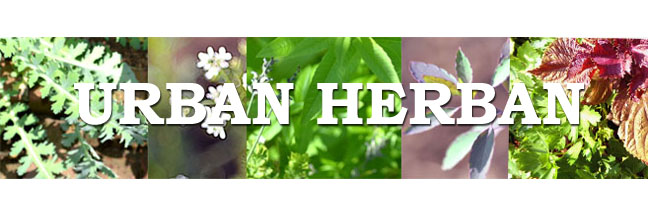Plan the placement by knowing the needs of the plant. Sunny? (More than 6 hours a day) Partial shade? (Less than 6 hours of direct sunlight). Most to total shade is a condition that can harbor herbs—the right kind, such as mints, Lady’s Mantle, Sweet Woodruff, and Solomon’s Seal.
After you have prepared your plot through digging to soften the
soil and fertilized it (use an organic
one), you can place each plant in the plot.
Dig a hole about the depth of the roots of the herb plus an inch. Make sure the roots fit to the depth in the space, then place the soil around the plant.
Do not cover the leaves of the plant.
Water, and continue attention to the plants. New growth, like a small leaf edge, will signal that the herb took root. The plant begins its tour out of in the ground darkness!
Dig a hole about the depth of the roots of the herb plus an inch. Make sure the roots fit to the depth in the space, then place the soil around the plant.
Do not cover the leaves of the plant.
Water, and continue attention to the plants. New growth, like a small leaf edge, will signal that the herb took root. The plant begins its tour out of in the ground darkness!
Pay close attention to watering needs as well as careful
weeding. Weeds will entangle around the herb roots and compete with the plant
for space and the attention of the Sun.
Also be aware of the needs of the plant to have dry land! A soggy plant is eventually a dead plant.
It helps to mark the
plant with a label so that you don’t remove the herb with the weed. The bigger
the weed grows, the more likely that is to happen.It is often said that herbs do not have insect problems---Wrong! Basil has problems caused by aphids, leafhoppers, and beetles. This should be a problem in the early stages of growth, but in High Summer, everything is eating everything.


